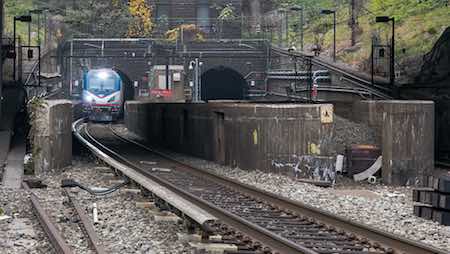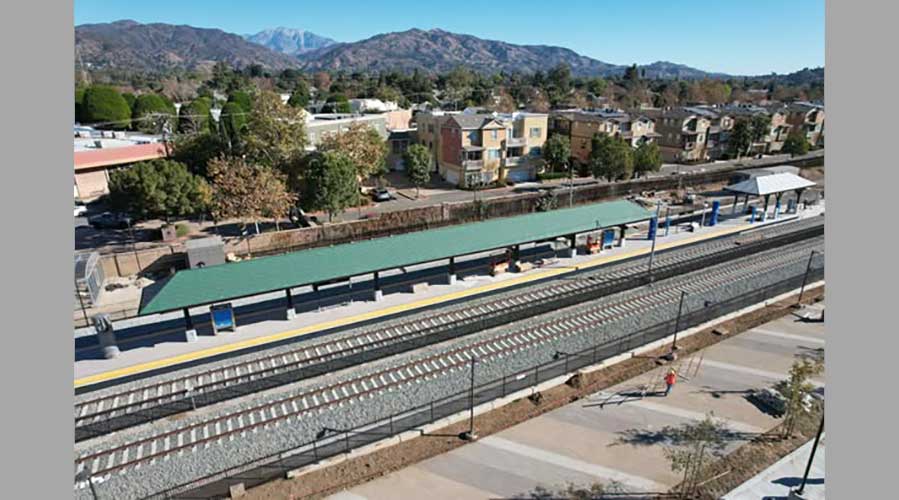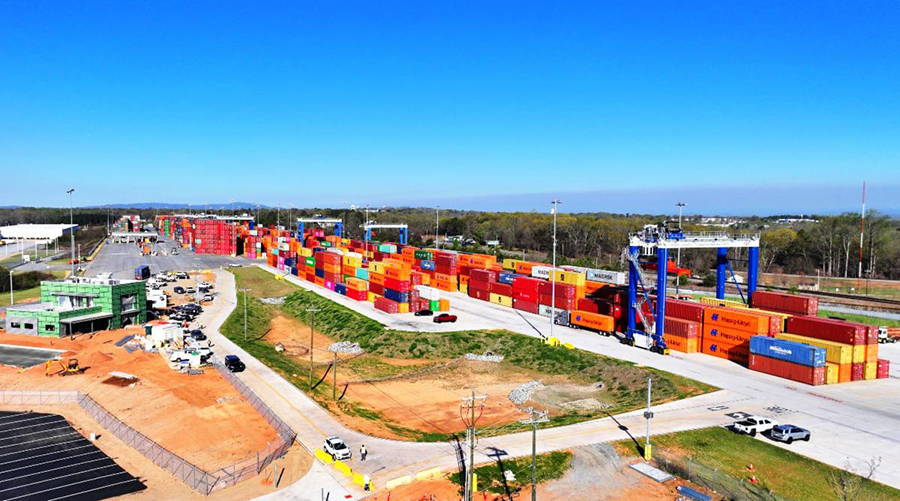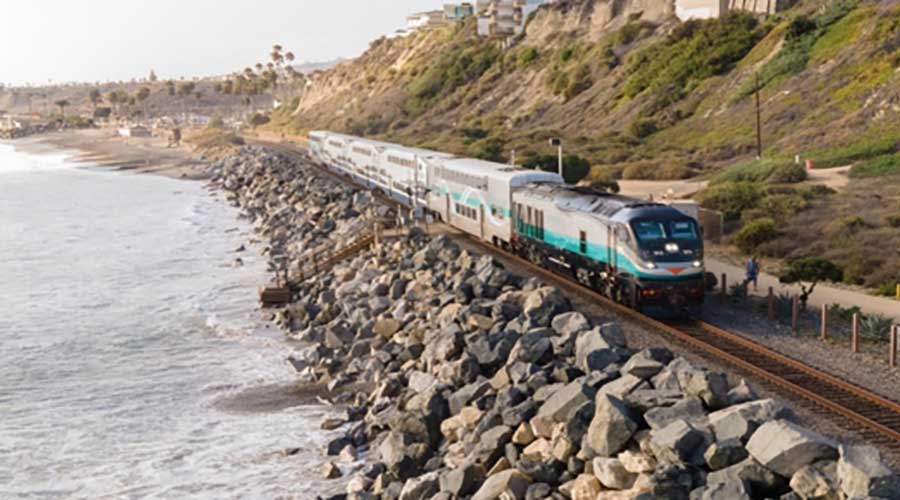Stay updated on news, articles and information for the rail industry
5/11/2016
Rail News: Passenger Rail
Hudson tunnel project permitting could be costly, report says
The environmental permitting process for Amtrak's proposed Gateway project to build new rail tunnels beneath the Hudson River could lead to significant cost increases and delays, according to a new report.
 Amtrak's Hudson River Rail tunnel
Amtrak's Hudson River Rail tunnelPhoto: Chuck Gomez/Amtrak
Prepared by nonpartisan group Common Good, the report found that a three-year permitting timetable would increase taxpayer cost of the $24 billion project by more than $3 billion when compared to an 18-month process. An additional two-year delay would increase costs by almost $10 billion.
"With a project the size of Gateway, time is not just money, but lots of money," Common Good Chairman Philip Howard wrote in the report.
Additionally, under a three-year permitting process, approvals would be granted in spring 2019, with new tunnels built by 2026. Assuming a "relatively optimistic scenario," there's a 25 percent chance that one of the existing tunnels would need to be shut down for repairs in 2023, three years before the new ones were built, the report said.
The Hudson River rail tunnels, which accommodate about 200,000 passengers traveling between New York and New Jersey each day, sustained significant damage during Hurricane Sandy in 2012. The storm left behind corrosive sulfides and chlorides, which continue to damage the concrete tunnel liner and bench walls.
A tunnel shutdown would lead to an increase of 50,000 cars per day entering Manhattan. Although there hasn't been a comprehensive analysis of the potential effects of a traffic surge of that magnitude, earlier studies concluded that as many as 44 intersections within Manhattan would be "plagued with persistent gridlock during peak hours," Common Good's report said.
Additionally, a New Jersey Transit analysis concluded that a similar increase in cars could create major congestion as far as 25 miles from the bridge and tunnel approaches on the New Jersey side.
At a panel discussion yesterday, Port Authority of New York and New Jersey Executive Director Pat Foye said that Amtrak, NJ Transit and Federal Transit Administration officials are dedicated to an "aggressive" 24-month schedule to complete the environmental permitting process, according to NJ.com.
Amtrak's larger Gateway project calls for a series of projects aimed at doubling rail capacity between Newark, N.J., and New York City; expanding Acela high-speed rail service; and improving severe-weather resiliency.


 LRW Honors Amtrak’s Acheson As Railway Woman Of The Year
LRW Honors Amtrak’s Acheson As Railway Woman Of The Year
 From Editor-In-Chief Foran: Of Gender Equity And Inclusion
From Editor-In-Chief Foran: Of Gender Equity And Inclusion
 Spotlight On Some Of Today’s Rail Safety Products
Spotlight On Some Of Today’s Rail Safety Products
 Women of Influence in Rail eBook
Women of Influence in Rail eBook
 railPrime
railPrime







